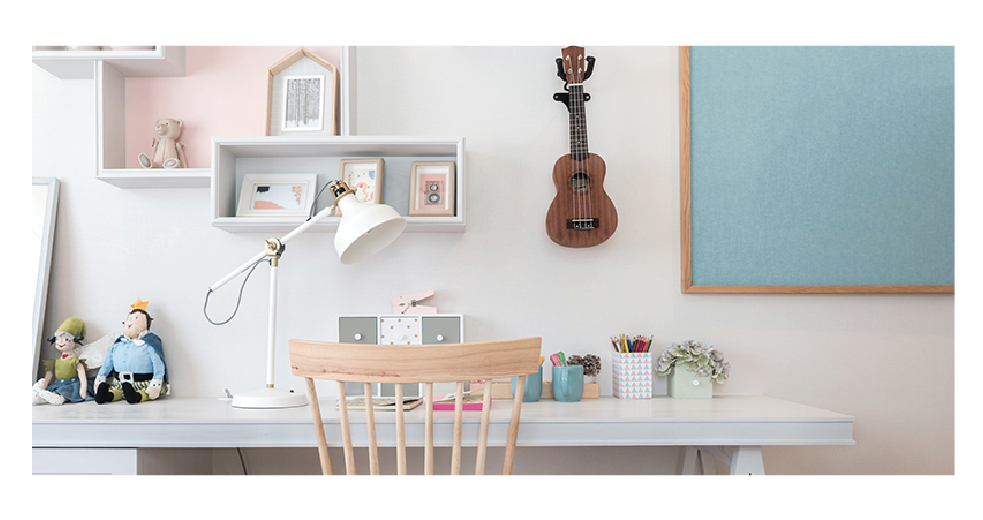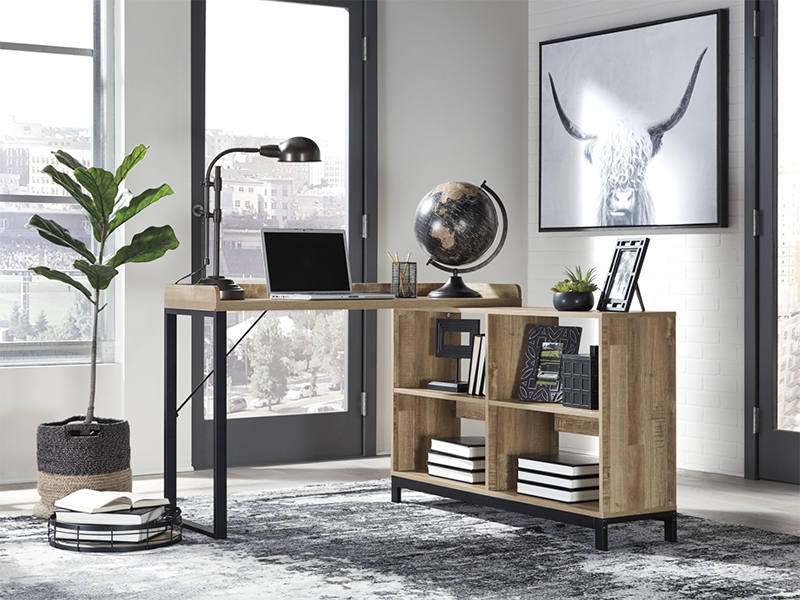We all have varying personalities and learning styles.
Some children are solitary learners, while others are social.
Some need verbal interaction, while others are happy relying on textbooks and diagrams.
Others are physical. They literally understand the world through movement. Sitting frustrates them because it’s not how they are wired.
Logical learners are process thinkers who build conclusions one concept at a time.
While most children have the ability to learn in a variety of settings, helping them understand their learning strengths builds confidence. Most students bravely adapt new learning styles once they have developed a strong foundation.
Study zones have incredible benefits for children.
1 - A predictable work space teaches discipline. Day after day, kids learn to do homework in an assigned place. Study zones use space to set this expectation. There’s a place for rest, a place for play, a time to snack, and a time to buckle down and work. Learning how to study develops confidence, curiosity, and lifelong habits.
2 - A well-stocked study area encourages tidiness, empowering kids to take responsibility for their own space. Over time, children settle, discovering that they can do hard things and finish assigned tasks. Work with each child to plan and organise school supplies. Your child’s participation helps you understand how they think, and helps them decide how they want to set up their desk. Upcycle household containers to decorate their study zone.
Inventory school supplies at the beginning of the school year, and create a supply cupboard so kids can easily replenish what they are missing. Save time and money by stocking up for the year during back-to-school promotions.
3 - Tailoring thoughtful study zones to the needs of each child averts sibling frustration, and will eventually bring harmony to the homework hour.
Create a space that works for your learner. If s/he is easily distracted by others, separate the desk with a bookshelf or position it to face an empty wall. Some parents have even used a large cardboard box to help a child focus.
Physical learners may need an exercise ball or stationary bike, frequent breaks, and space to drum out rhythms that help them memorise. Their study zone needs to be separate from other students. That goes for musical learners, who continually hum, sing, and vocalise information as they learn.
Logical learners may need space to spread out puzzles and chart processes.
Visual learners need space to draw and diagram, but they can be overwhelmed by visual overload. Help them design a tidy, creative workspace to conceptualise what they are learning.
So have a (way) better school year…
Think like a captain, and create a command centre.
Think like a coach, and develop a drop zone.
Think like a teacher, and tailor study spaces for each learning style.
Like these Ideas?
Check out our Pinterest Page here for more ways to organise your home for a way better school year.
Bibliography
https://happilyevermom.com/making-command-centers/
https://thehomesihavemade.com/command-center-redux/#_a5y_p=4194949
https://www.thenopressurelife.com/save-sanity-simple-command-center/
https://pilotparenting.com/7-learning-styles-for-kids-identify-strengths-for-better-learning/
https://www.closetworksinc.com/blog/how-to-organize-school-supplies/





